THE "moose test" , nicknamed the stability test created in 1970 by the Swedish publication Teknikens Värld, is one of the most famous. It consists of an evasive maneuver, which forces you to turn quickly to the left and again to the right, simulating the deviation of an obstacle on the road.
Due to the untimeliness of the maneuver, the vehicle is subject to violent mass transfers. The greater the speed of passing the test, the more chances we have of being able to avoid a hypothetical accident in the real world.
Over time, we've seen spectacular results in the moose test (not always in the best sense…). Rollovers, cars on two wheels (or even just one wheel…) have been frequent over the years. A test that even “stop” the production of the first generation of the Mercedes-Benz Class A for the brand to make improvements to the model.
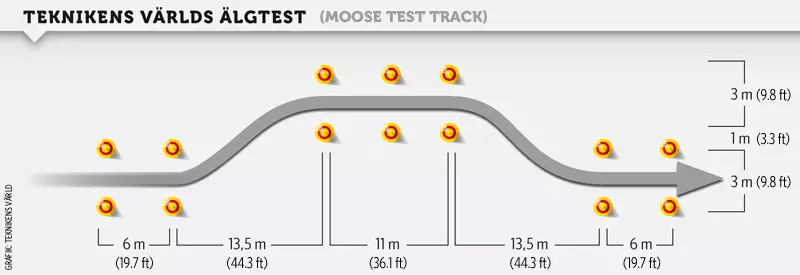
As you would expect, there is a ranking. In this case, what defines the position in the table is the maximum speed at which the test is passed.
To give you some evaluative context, it should be noted that carrying out this test at more than 70 km/h is an excellent result. Above 80 km/h it is exceptional. Only 19 vehicles out of more than 600 tested by Teknikens Värld managed to pass the test at 80 km/h or more.
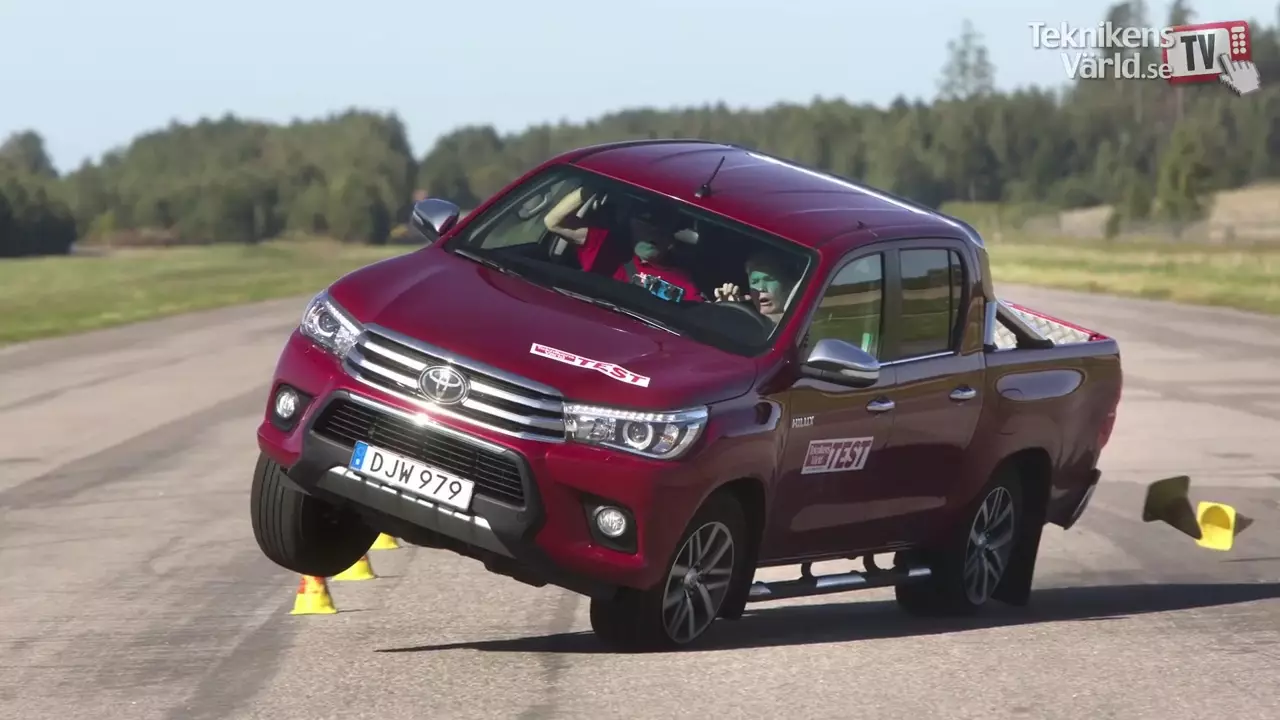
Surprises in the TOP 20 of the most effective models
As you would expect, sports and super sports cars, due to their intrinsic characteristics (low center of gravity, chassis and high-performance tires) are the most obvious candidates to fill the top places in this table. But they're not the only ones…
Among the 20 most effective models we find one… SUV! THE Nissan X-Trail dCi 130 4×4. And it did so on two specific occasions, in 2014 and this year.
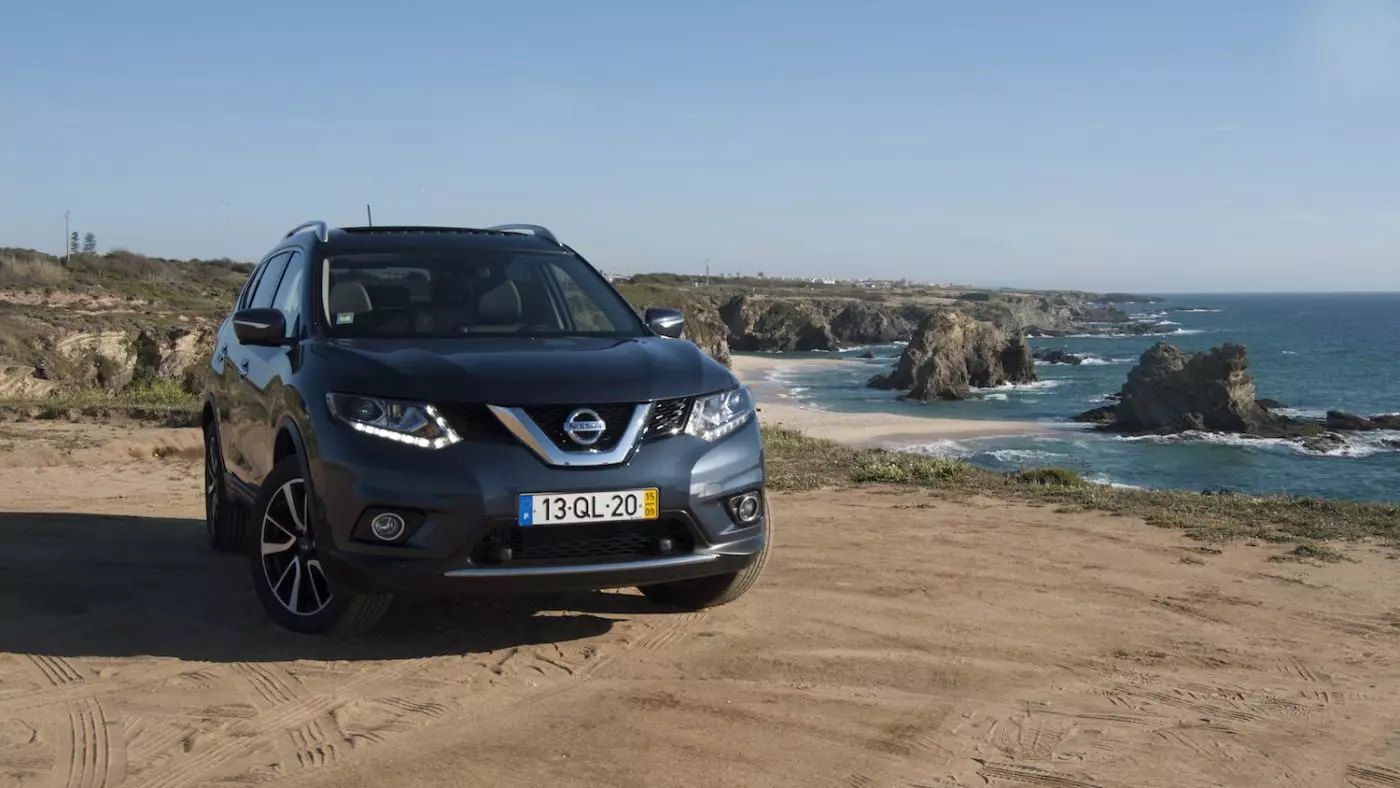
It was the only SUV capable of reaching 80 km/h in this test. It did better than Nissan's “monster”, the GT-R! Of the 20 best models, eight are Porsche 911, distributed over the 996, 997 and 991 generations. However, none of them make the podium. There is only one Ferrari in this TOP 20: the 1987 Testarossa.
If there are many absences in this table, they are justified by the Swedish publication's lack of accessibility to these models or lack of opportunity to test them.
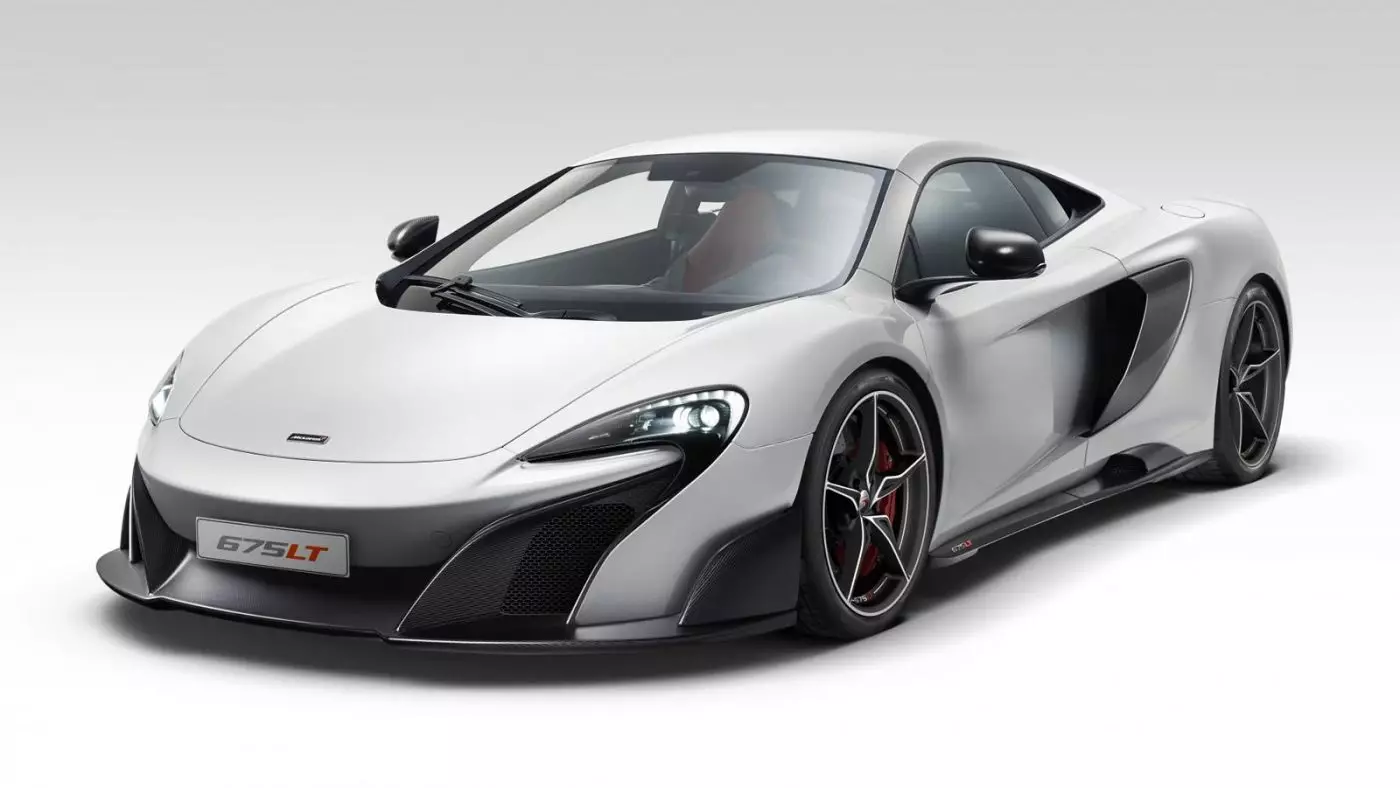
McLaren 675LT
For having passed the test at 83 km/h, the McLaren 675 LT reaches second place in the table, but he is not alone. The current Audi R8 V10 Plus manages to equal it, sharing with McLaren the second place. First, with the test being passed at 85 km/h, we find the most unlikely of candidates.
And be amazed! It's not a super sports car, but a modest French saloon. And it has held this record for 18 years (NDR: at the time of publication of this article), in other words, since 1999. Yes, since the end of the last century. And what is this car? THE Citroën Xantia V6 Activa!
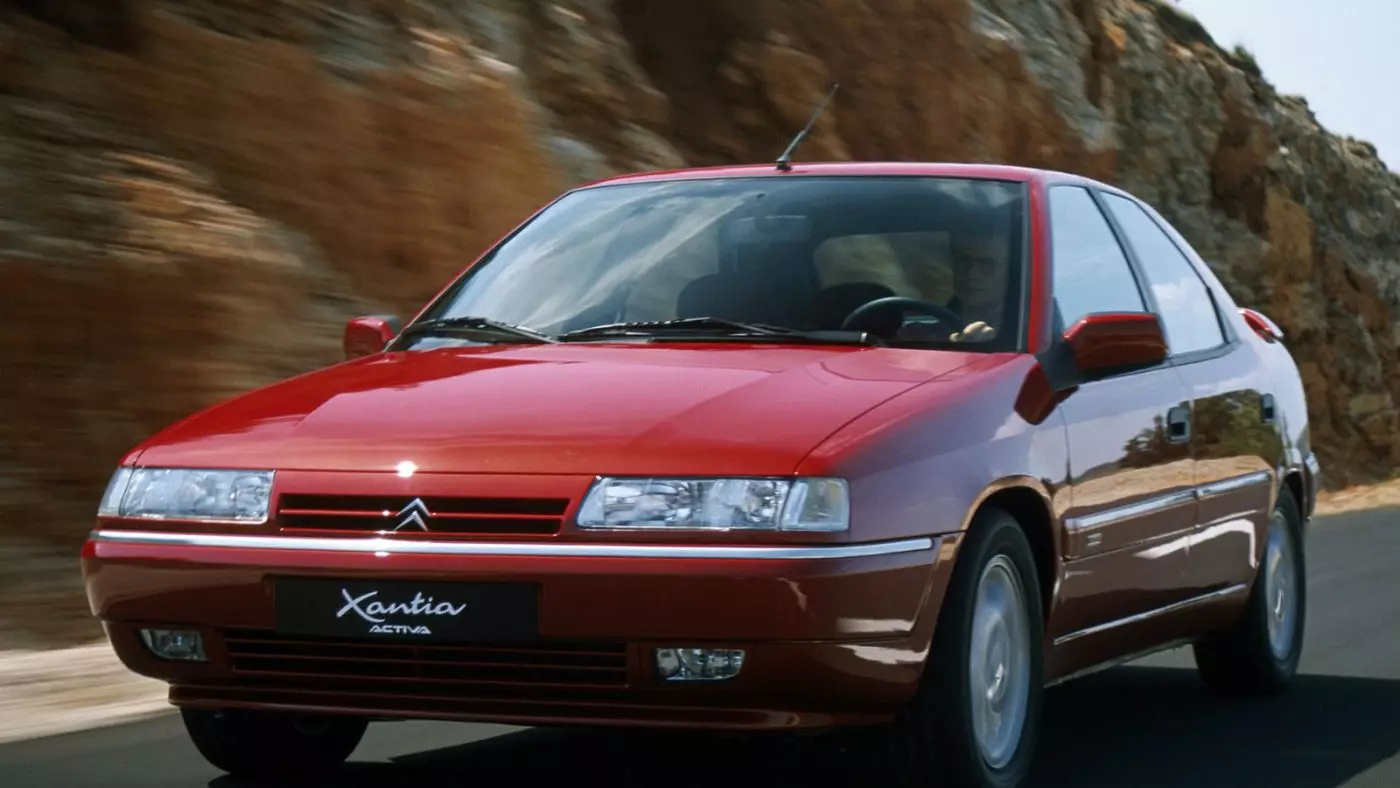
Citroen Xantia Activa
How is it possible?
Younger people may not know it, but the Citroën Xantia, in 1992, was the French brand's familiar proposition for the D-segment — one of the predecessors of the current Citroën C5. At the time, Xantia was considered one of the most elegant proposals in the segment, courtesy of the lines defined by Bertone.
Lines apart, the Citroën Xantia stood out from the competition because of its suspension. Xantia used an evolution of suspension technology debuted on the XM, called Hydractive, where suspension operation was electronically controlled. In short, Citroën did not need the shock absorbers and springs of a conventional suspension and in its place we found a system composed of gas and liquid spheres.
The compressible gas was the elastic element of the system and the incompressible fluid provided the support for this Hydractive II system. She was the one who provided benchmark comfort levels and above-average dynamic aptitudes , adding self-levelling properties to the French model. Debuted in 1954 on the Traction Avant, it was in 1955 that we would see for the first time the potential of the hydropneumatic suspension in the iconic DS, when acting on four wheels.
Evolution did not stop there. With the advent of the Activa system, in which two extra spheres acted on the stabilizer bars, Xantia gained a lot in stability. The end result was the absence of bodywork while cornering.
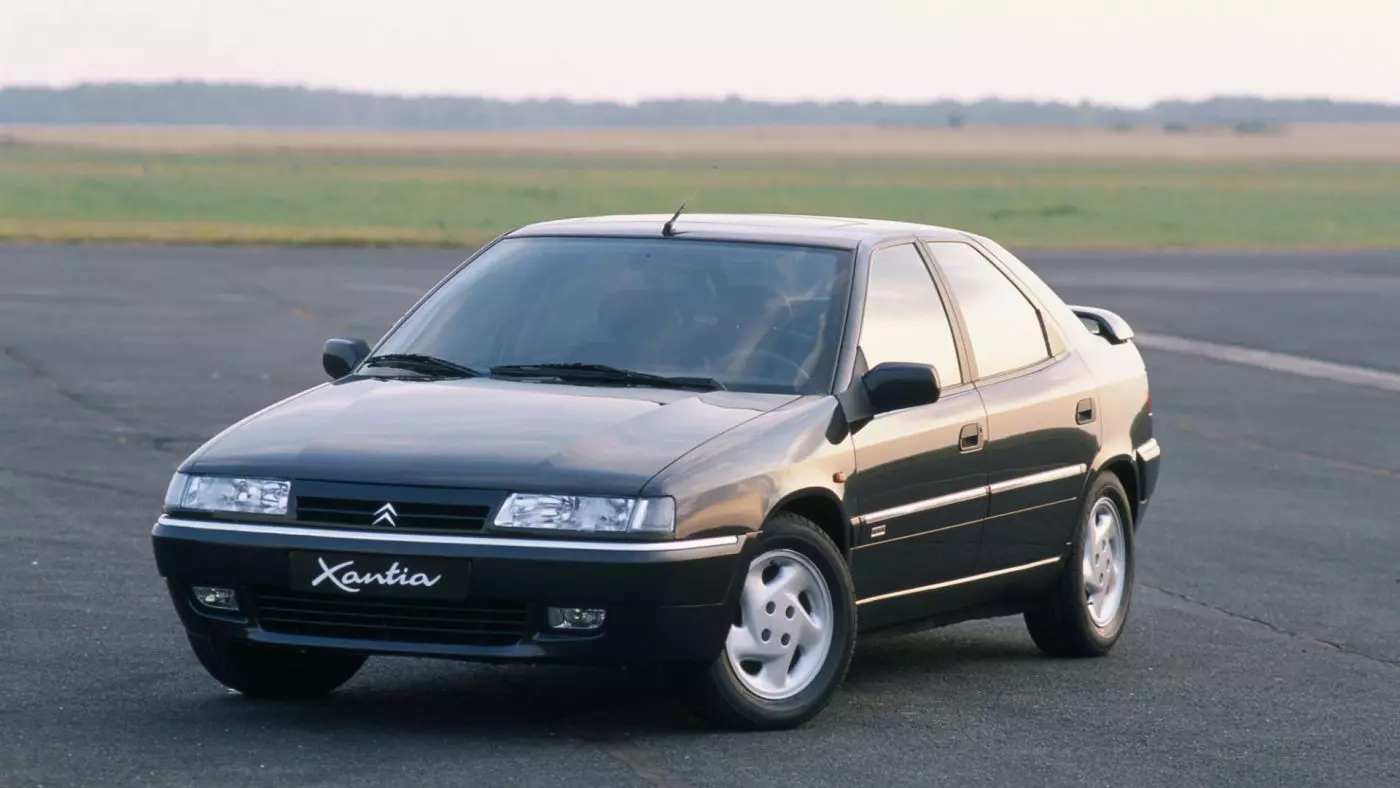
The effectiveness of the hydropneumatic suspension, complemented with the Activa system, was such that, despite the Xantia being equipped with a heavy V6, placed in front of the front axle, it made it undisturbed to overcome the difficult test of the moose, with reference levels of stability.
There is no longer any «Hydractive» suspension at Citroën, why?
As we know, Citroën has decided to discontinue its Hydractive suspension. Technological advances in terms of conventional suspensions have made it possible to obtain a compromise between comfort and effectiveness similar to hydropneumatic suspensions, without the costs associated with this solution.
For the future, the French brand has already revealed the solutions it will adopt to recover the comfort levels of this system. Will this new suspension make the effectiveness of Xantia Activa in the moose test? We will have to wait and see.
See here the complete ranking of the «Moose Test» by Teknikens Värld
